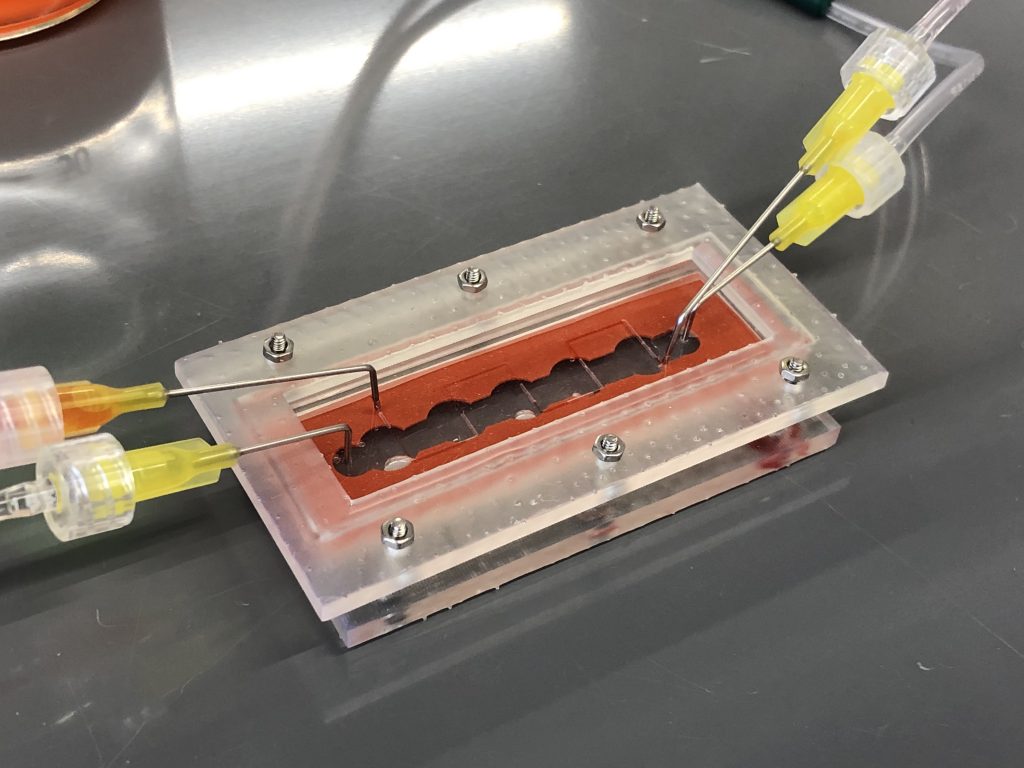Sinking organic particles (marine snow) export carbon from the photic zone. The profile of remineralization of sinking particles profoundly affects the residence time of biological carbon storage in the ocean, and hence atmospheric CO2. Mechanistic understanding of the microbial degradation of sinking particles is still very limited, and models used to make climate projections still use simple and questionable empirical functions to represent this process. Through careful and quantitative experimentation, we are revealing important underlying mechanisms and developing new prognostic models. For decades, particles have been known to foster microenvironments that could affect bulk ocean chemistry, but they traditionally remained a black box often invoked when bulk observations did not match theory. To open the black box of marine snow, we want to understand (i) where the highly localized depletion of O2 occurs in particles that slows remineralization and permits denitrification, (ii) how the ability to swim and/or respond to chemical gradients (chemotaxis) controls carbon consumption, and (iii) what the biogeochemical effects of particle-based biological activity are.

Imaging some marine snow particles!
We’ve designed quite a few different devices to investigate how marine particles operate in the ocean. The nuts and bolts are: (1) manufacture a particle suspended with marine organisms and possibly some chemical reporters, (2) sandwich the particle between glass slides to hold it in place under the microscope, and (3) flow seawater around the particle at the rate it would be sinking in the ocean to mimic real world dynamics. Our systems are highly modular and can be applied for a great many outstanding questions in the realm of marine particle biogeochemistry.

Leaky particle device allows us to control how much particles leak organic matter into the flowing seawater media.
Read more about these topics by Borer et al. (2022) and Ciccarese et al. (2023).